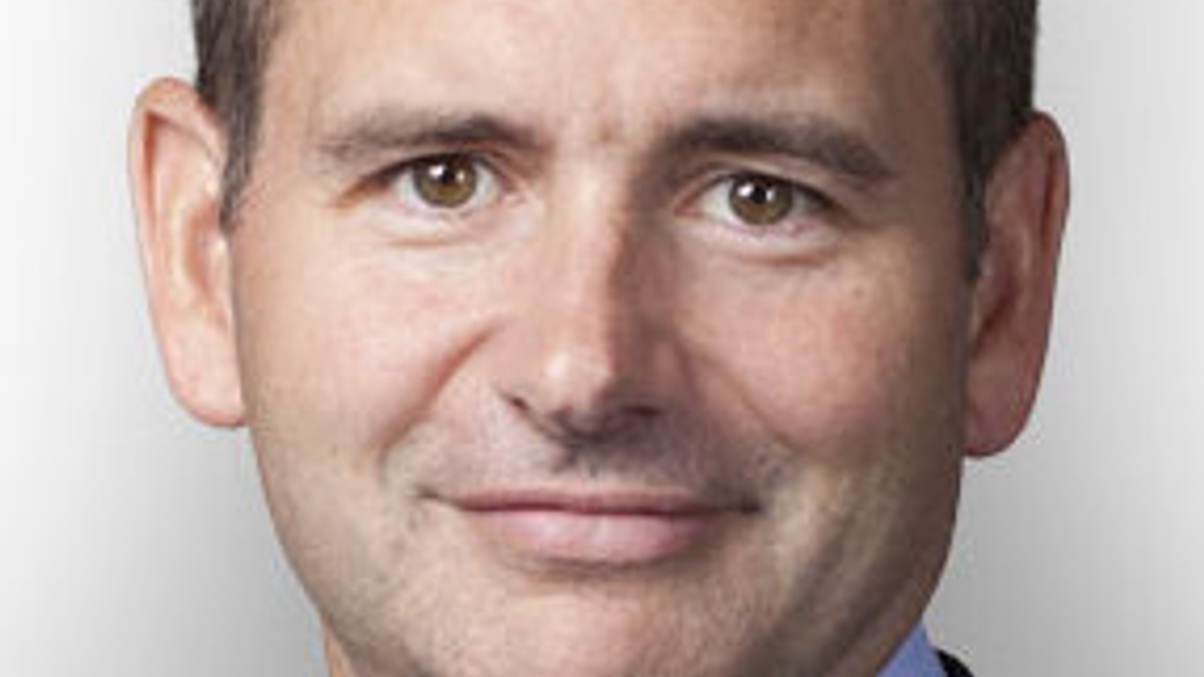Ucits distribution the key test for China managers
To meet global demand for RMB and China-themed exposure, managers are turning to Ucits in numbers, but they first have to master the marketing and distribution challenge.

Chinese managers are facing a steep learning curve in terms of international marketing and distribution within Ucits as they strive to meet product demand from US and European investors.
Sign in to read on!
Registered users get 2 free articles in 30 days.
Subscribers have full unlimited access to AsianInvestor
Not signed up? New users get 2 free articles per month, plus a 7-day unlimited free trial.
¬ Haymarket Media Limited. All rights reserved.


